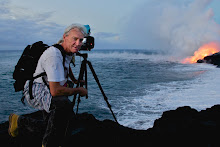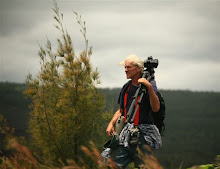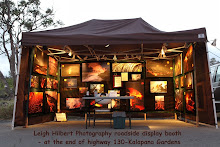After-dark visitors standing at the county viewing area witnessed, from a distance, raw yellow-orange lava pouring off a sheer wall of rock (The cliff of older lava land left behind after the bench collapse). At times, entire sections of the cliffs broke off into the sea in a fiery explosion of sparks.
Inland from the ocean entry, surface lava breakouts are reappearing across a wide expanse of lavascape: from sea to upper pali to the north, and from highway 130’s trail head out southwest for nearly a mile. Around 9:00PM we watched large distant mounds extruding bright molten lava out their tops and running as rivers down their sides… it’s still hot out there!
Below is a daytime photo of one of these lava mounds.

The furthest surface flow to the southwest continues pouring into the sea, nearly 3000-feet from the end of highway 130’s trailhead.
Up under the Kilauea Volcano, USGS crater deformation sensors show continued magma pressure at a fairly steady rate, which may translate into lava movements through a labyrinth of surface and tube plumbing to remain at the current levels for the next twenty four hours or more.










No comments:
Post a Comment